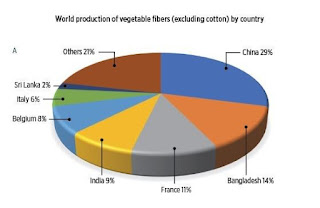My experience with client for Composite CNG Cylinder project
Take up any project when your soul approves it: After having a couple of round discussions with a client for 6 months period to start a Type 4 Composite CNG cylinder prototype project in India, finally, I have decided not to move forward and decline the client proposal for the betterment of the project as it involves me compromising on certain things that I find not feasible to go ahead with. Likewise, I have met lots of companies in the Asia Pacific and Europe, and MENA regions for this composite CNG/LPG project for the past 15 years and brief them well about the current scenario, and advised many and not been able to successful to start a genuine project yet. I do not want to compromise on the design, materials, and machinery for this project. Also not intend to play with customers' money for my living. This way, I feel very happy and saved many and avoid many as well in the past decade. I have no regrets at all. Visit MY BLOG http://polymerguru.blogspot.com


